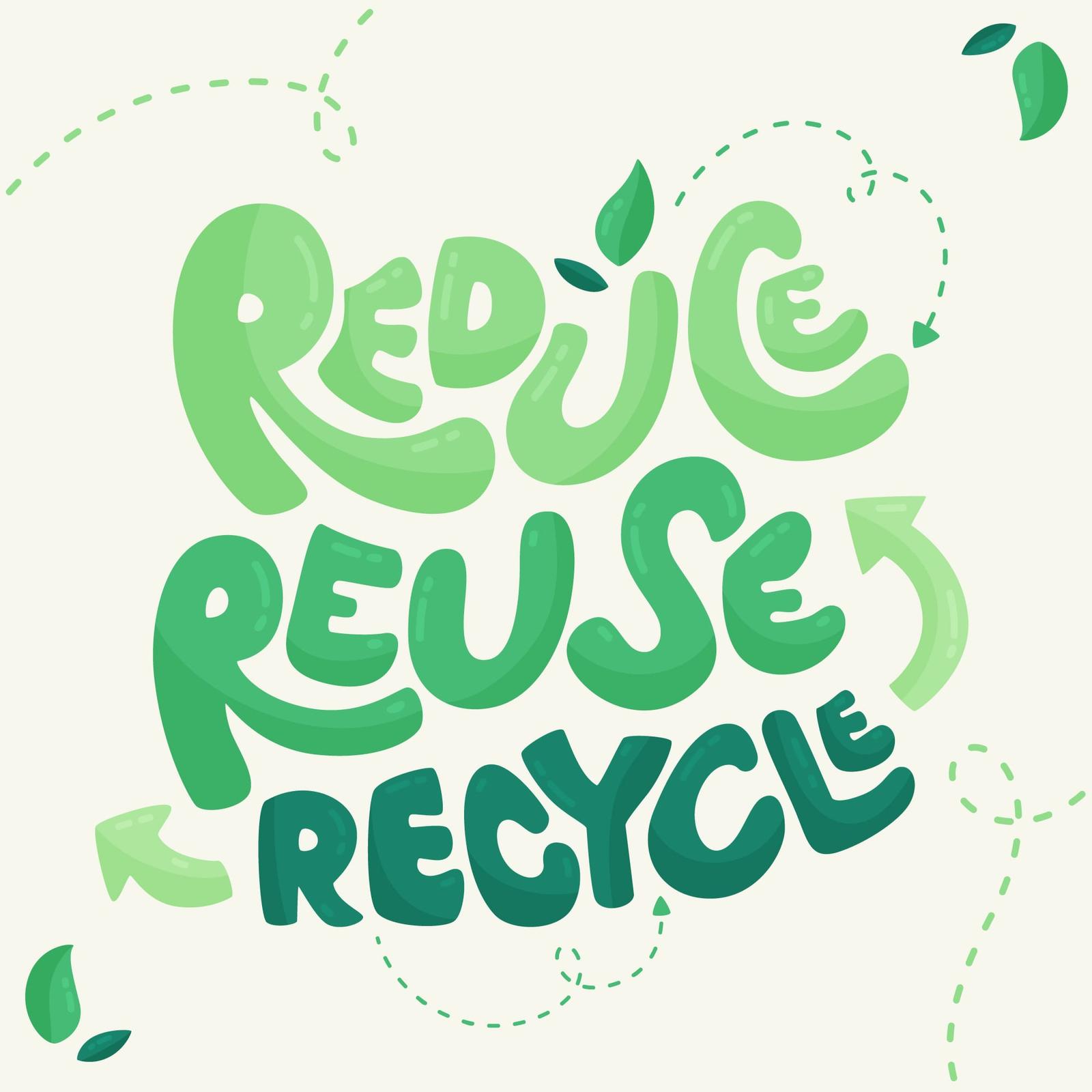De Tan Foaming Face wash, Packaging Size: 150ml, 500ml, 1000ml
₹60.0
| Packaging Size |
150ml, 500ml, 1000ml
|
| Brand |
Your Brand
|
| Facewash Type |
Foam
|
| Shelf Life |
36 Months
|
| Fragrance |
De Tan
|
| Product Code |
3304
|
| Foam |
Yes
|
| Manufactured By |
Janki Herbals Pvt. Ltd.
|
| Item Name |
De Tan Foaming Face Wash
|
| Suitable For |
All Skin Types
|
| Flavour Base |
De Tan
|
| Skin Type |
All Skin Types
|
| Packaging Type |
Plastic Bottle
|
| Gender |
Unisex
|
| Ingredient |
Herbal
|
| Usage/Application |
Skin Care
|
| Country of Origin |
Made in India
|
| Packaging Size |
150ml, 500ml, 1000ml
|
| Brand |
Your Brand
|
| Facewash Type |
Foam
|
| Shelf Life |
36 Months
|
| Fragrance |
De Tan
|
| Product Code |
3304
|
| Foam |
Yes
|
| Manufactured By |
Janki Herbals Pvt. Ltd.
|
| Item Name |
De Tan Foaming Face Wash
|
| Suitable For |
All Skin Types
|
| Flavour Base |
De Tan
|
| Skin Type |
All Skin Types
|
| Packaging Type |
Plastic Bottle
|
| Gender |
Unisex
|
| Ingredient |
Herbal
|
| Usage/Application |
Skin Care
|
| Country of Origin |
Made in India
|
You must be logged in to post a review.
Q & A
1. Introduction
De Tan Foaming Face Wash products are designed to address skin tanning and pigmentation issues, commonly caused by sun exposure. These formulations typically combine surfactants, natural extracts, and active ingredients aimed at exfoliating and brightening the skin. Given the growing emphasis on sustainability in the cosmetics industry, evaluating the environmental impact and efficacy of such products is crucial.
2. Formulation Analysis
Key Ingredients:
-
Surfactants: Common surfactants in these formulations include Cocamidopropyl Betaine, Sodium Lauroyl Sarcosinate, and Decyl Glucoside. These are chosen for their cleansing properties and mildness. Cocamidopropyl Betaine, for instance, is biodegradable and derived from coconut oil, making it a more sustainable choice compared to traditional surfactants.
-
Active Ingredients:
-
Glycolic Acid: An alpha-hydroxy acid (AHA) used for exfoliation and skin brightening. While effective, its production can have environmental impacts due to the chemical processes involved.
-
Natural Extracts: Ingredients like Aloe Vera, Licorice, and Vitamin C are included for their soothing and brightening properties. These are often sourced from renewable plant materials, contributing to the product's sustainability.
-
Excipients and Preservatives:
-
Disodium EDTA: A chelating agent used to enhance product stability. Its environmental impact is a concern, as it can persist in aquatic environments.
-
Phenoxyethanol and Ethylhexylglycerin: Preservatives that help maintain product shelf life. While effective, their biodegradability varies, and they can pose risks to aquatic life.
3. Environmental Impact Assessment
Production and Sourcing:
-
Sustainable Sourcing: Ingredients like Aloe Vera and Licorice are renewable and can be cultivated with minimal environmental impact.
-
Energy Consumption: The synthesis of active ingredients like Glycolic Acid may require significant energy input, depending on the manufacturing process.
Packaging:
-
Material Use: Packaging often involves plastic materials, contributing to environmental waste.
-
Recyclability: While some packaging may be recyclable, the actual recycling rates depend on local facilities and consumer behavior.
Waste Generation:
-
Manufacturing Waste: The production process can generate chemical waste, which needs to be managed to prevent environmental contamination.
-
Consumer Waste: End-of-life disposal of the product packaging contributes to landfill waste.
4. Efficacy and Consumer Feedback
Consumer reviews indicate that De Tan Foaming Face Wash products are effective in reducing skin tan and improving complexion. Users report a gentle cleansing experience without significant dryness or irritation. However, some individuals with oily or sensitive skin may find certain formulations less suitable.
5. Recommendations for Enhanced Sustainability
-
Ingredient Optimization: Prioritize the use of biodegradable and sustainably sourced ingredients to minimize environmental impact.
-
Packaging Innovations: Adopt eco-friendly packaging materials and encourage recycling through consumer education.
-
Manufacturing Practices: Implement energy-efficient processes and waste reduction strategies in production facilities.
-
Transparency: Provide clear information on ingredient sourcing, production methods, and environmental impact to consumers.
6. Conclusion
De Tan Foaming Face Wash products offer effective solutions for skin tanning issues. While they incorporate some sustainable ingredients, there is room for improvement in terms of overall environmental impact. By adopting more sustainable practices across sourcing, production, and packaging, these products can align better with the growing consumer demand for eco-friendly cosmetics.
7. References
-
Beardo De-tan Face Wash ingredients (Explained)
-
Herbal Canada D-Tan Foaming Face Wash
-
Dr.Rashel De-Tan Foaming Face Wash
-
SANCTUS D-tan Foaming -Tan Removal & Darkspot Reduction, Brightening Formula Face Wash
-
PHYSIO-CHEMICAL ANALYSIS OF VARIOUS MARKETED FACEWASH SAMPLES: A COMPARATIVE STUDY
-
Sucrose ester surfactants: current understanding and emerging perspectives.
General Inquiries
There are no inquiries yet.






Reviews
There are no reviews yet.